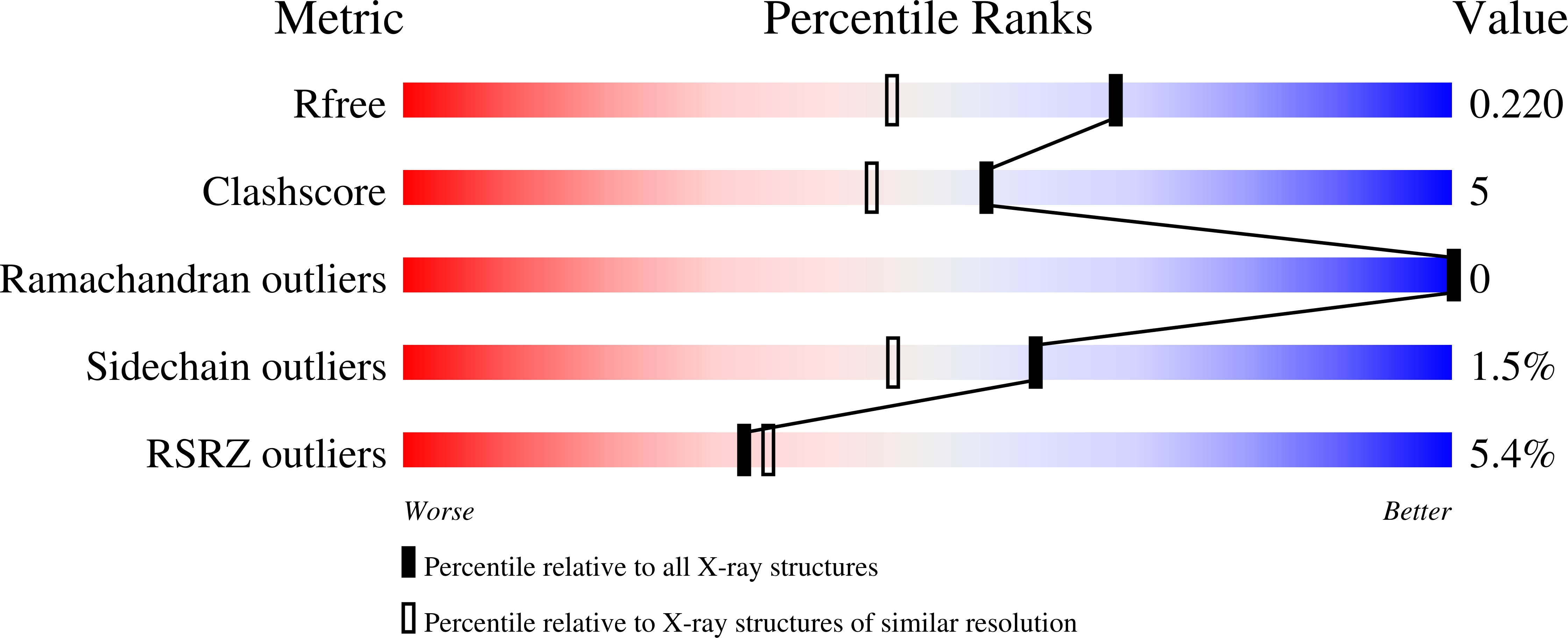
Deposition Date
2024-11-18
Release Date
2025-04-23
Last Version Date
2025-07-23
Method Details:
Experimental Method:
Resolution:
1.70 Å
R-Value Free:
0.22
R-Value Work:
0.17
R-Value Observed:
0.18
Space Group:
P 21 21 2


